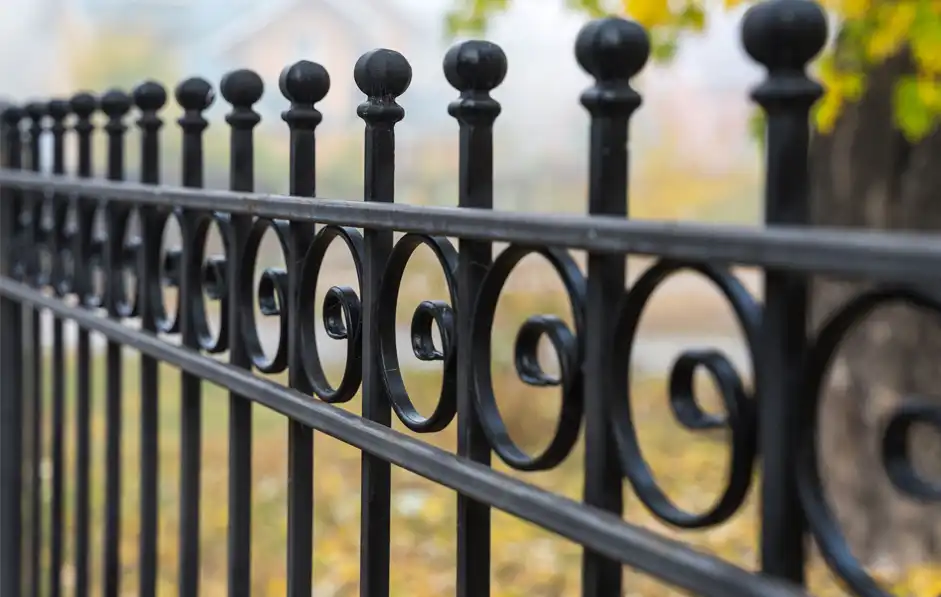All Categories
Featured
Table of Contents
Sustainable Fencing Choices for Eco-Conscious Property Owners
In today’s eco-conscious world, many homeowners are turning to greener alternatives for their outdoor spaces. Fencing is one area where homeowners can make a significant impact on their carbon footprint. Traditional fencing options, such as wood treated with chemicals, can have negative environmental impacts. But there are plenty of eco-friendly fencing alternatives that can help reduce your carbon footprint. Here are some great fencing alternatives for those who want to make an eco-friendly choice for their homes:
Bamboo is one of the most eco-friendly materials available for fencing. Known for its rapid growth and renewability, bamboo is an excellent choice for those who want a fence that is both stylish and sustainable. Bamboo is lightweight, durable, and naturally resistant to pests, requiring no toxic chemicals. Bamboo fences also offer a natural aesthetic that complements many landscapes. Additionally, bamboo is biodegradable, making it a great option for reducing waste.
![]()
In today’s eco-conscious world, many homeowners are turning to greener alternatives for their outdoor spaces. Fencing is one area where homeowners can make a significant impact on their carbon footprint. Traditional fencing options, such as wood treated with chemicals, can have negative environmental impacts. But there are plenty of eco-friendly fencing alternatives that can help reduce your carbon footprint. Here are some great fencing alternatives for those who want to make an eco-friendly choice for their homes:
Bamboo is one of the most eco-friendly materials available for fencing. Known for its rapid growth and renewability, bamboo is an excellent choice for those who want a fence that is both stylish and sustainable. Bamboo is lightweight, durable, and naturally resistant to pests, requiring no toxic chemicals. Bamboo fences also offer a natural aesthetic that complements many landscapes. Additionally, bamboo is biodegradable, making it a great option for reducing waste.
2. Recycled Plastic Fencing
Recycled plastic fences offer a sustainable solution for customers who prioritize minimizing waste. Made from post-consumer waste, such as plastic bottles and containers, these fences help reduce plastic waste and keep it out of landfills. Recycled plastic fences are incredibly durable, weather-resistant, and don’t require painting or staining. If you’re looking for a sustainable option that also lasts, recycled plastic is a great choice.
3. Fences Made from Reclaimed Wood
Using reclaimed wood for your fence is another eco-friendly option. Repurposing wood from old structures helps reduce the need for new timber and prevents excess waste. A reclaimed wood fence not only looks charming but also provides a sustainable option for your property. The unique appearance of reclaimed wood, combined with eco-friendly finishes, offers both durability and beauty.4. Natural Living Fencing
Living fences, consisting of plants like hedges and vines, offer a sustainable, natural option for privacy. Hedgerows and other plants can be used as a living fence to create privacy and define boundaries. A living fence can enhance privacy, reduce noise pollution, and improve air quality. Living fences contribute to the ecosystem by providing a habitat for wildlife and increasing biodiversity.Conclusion
For environmentally conscious customers, there are many sustainable fencing options available that can help you reduce your environmental footprint. By choosing eco-friendly fencing options like bamboo, recycled plastic, or living fences, you can create a functional and sustainable outdoor space. Choosing an environmentally friendly fence can help you make a positive impact on both your home and the planet.Table of Contents
Latest Posts
Learn About Auto Services & More: Full Services Guide from Montclare Auto Repair
Published May 28, 25
1 min read
Explore the Best Auto Repair Deals in Montclare, Chicago
Published May 25, 25
1 min read
Discover WyHy FCU – Top Benefits for Your Money Goals
Published May 23, 25
1 min read
More
Latest Posts
Learn About Auto Services & More: Full Services Guide from Montclare Auto Repair
Published May 28, 25
1 min read
Explore the Best Auto Repair Deals in Montclare, Chicago
Published May 25, 25
1 min read
Discover WyHy FCU – Top Benefits for Your Money Goals
Published May 23, 25
1 min read